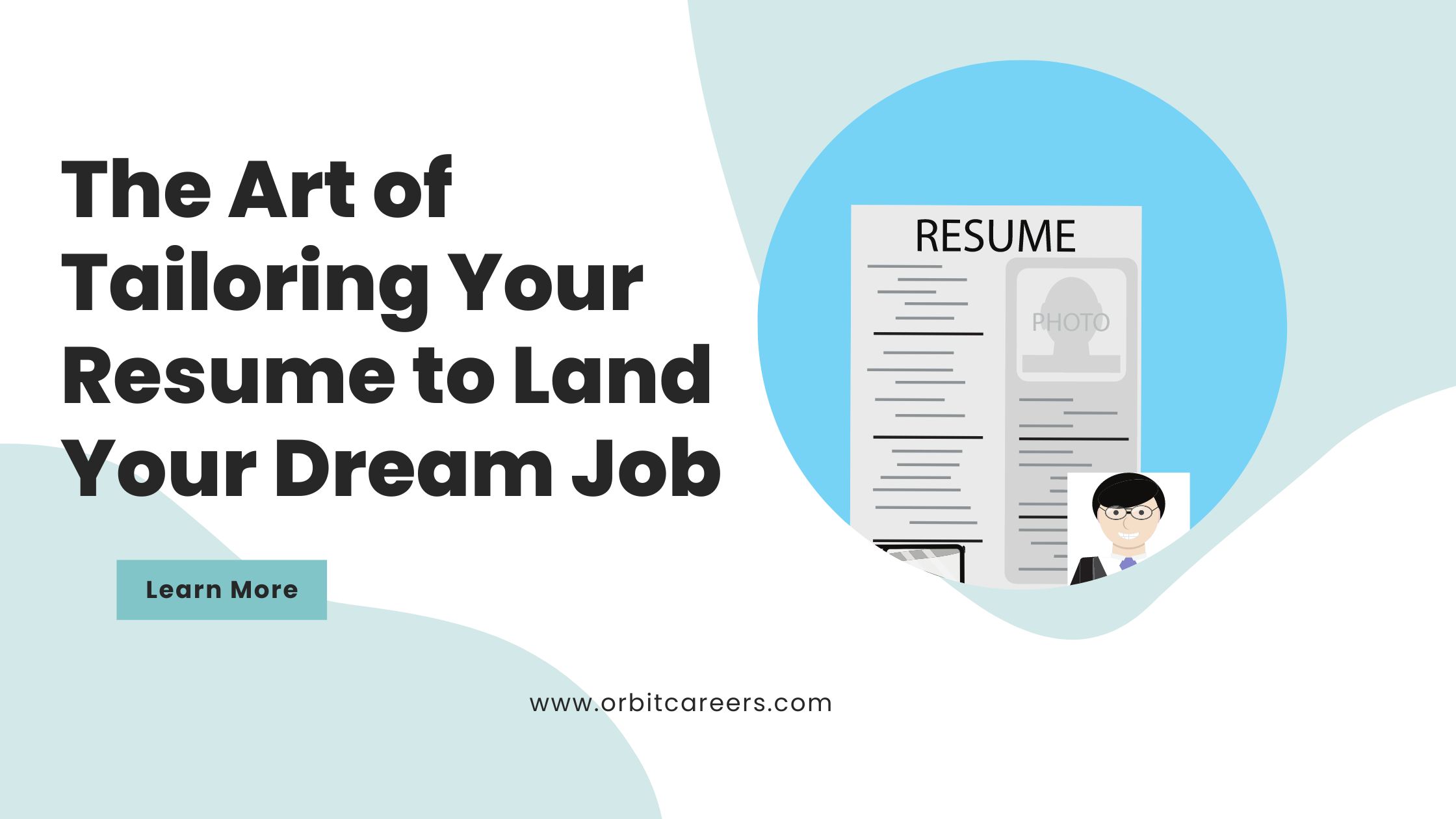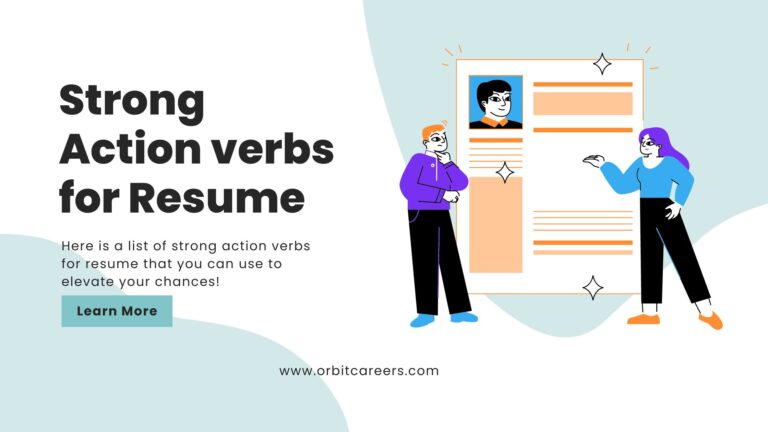In the competitive landscape of job hunting, a well-crafted resume is your ticket to stand out from the crowd and secure your dream job. Gone are the days of one-size-fits-all resumes; today’s job seekers must master the art of tailoring their resumes to the specific needs and expectations of each employer. In this blog post, we will delve into the strategies and techniques that can elevate your resume from generic to targeted, increasing your chances of catching the eye of potential employers.
Understanding the Importance of Tailoring:
A generic resume may showcase your skills and experiences, but a tailored resume goes a step further by aligning your qualifications with the unique requirements of a particular job. Employers are inundated with resumes, and those that stand out are the ones that clearly demonstrate a candidate’s suitability for the role. Tailoring your resume not only reflects your genuine interest in the position but also signals to the employer that you’ve invested time and effort to understand their needs.
Researching the Company and Job:
Before diving into the resume customization process, it’s crucial to conduct thorough research on the company and the specific job you’re applying for. Understand the company’s values, culture, and mission. Familiarize yourself with the key responsibilities of the role and the skills required. This knowledge will serve as the foundation for tailoring your resume to align with the employer’s expectations.
Customizing the Resume Content:
Objective Statement:
- Start by customizing your objective statement or professional summary to emphasize the skills and experiences most relevant to the job. Clearly articulate how your background aligns with the company’s goals and the position’s requirements.
Key Skills:
- Highlight key skills prominently in your resume, ensuring they match the specific skills mentioned in the job description. Use the same language and keywords to pass through automated applicant tracking systems (ATS) and capture the attention of hiring managers.
Work Experience:
- Tailor the descriptions of your previous roles to emphasize accomplishments and responsibilities that directly relate to the new position. Quantify your achievements with specific numbers or percentages where possible to provide tangible evidence of your contributions.
Achievements and Metrics:
- Incorporate relevant metrics and achievements that showcase your impact in previous roles. Whether it’s increasing sales, improving efficiency, or leading successful projects, providing quantifiable results adds credibility to your resume.
Education and Certifications:
- Adjust the emphasis on your education and certifications based on their relevance to the job. If you have certifications or coursework that directly align with the position, highlight them prominently.
Tailored Keywords:
- Integrate industry-specific keywords and terminology from the job description. Many employers use ATS to streamline the initial resume screening process, making it crucial to include the exact words and phrases used in the job listing.
Formatting and Presentation:
While content is paramount, the visual presentation of your resume also plays a crucial role in grabbing attention. Ensure your resume is well-organized, easy to read, and visually appealing. Use a clean and professional format, consistent fonts, and bullet points for clarity. Tailor the design to match the company’s industry and culture, demonstrating your understanding of their preferences.
Cover Letter Integration:
A tailored resume is most effective when complemented by a customized cover letter. Use the cover letter to further express your enthusiasm for the position, elaborate on specific experiences highlighted in your resume, and explain how your skills align with the company’s needs. A cohesive resume and cover letter pair provide a comprehensive picture of your qualifications.
Continuous Improvement:
The job market is dynamic, and so should be your approach to resume tailoring. Regularly update your resume to reflect new skills, experiences, and achievements. As you gain more insights into your industry and target companies, refine your resume accordingly. Keep track of feedback from job applications and interviews to continually enhance the effectiveness of your tailored resumes.
Conclusion:
Mastering the art of tailoring your resume is a crucial skill for anyone navigating the competitive job market. By investing time and effort into understanding the specific requirements of each position and aligning your qualifications accordingly, you significantly increase your chances of landing your dream job. Tailored resumes not only showcase your suitability for the role but also demonstrate your commitment to going the extra mile—a quality that employers value in their ideal candidates. So, take the time to customize your resume for each application, and watch as your personalized approach sets you apart on the journey to your dream career.





